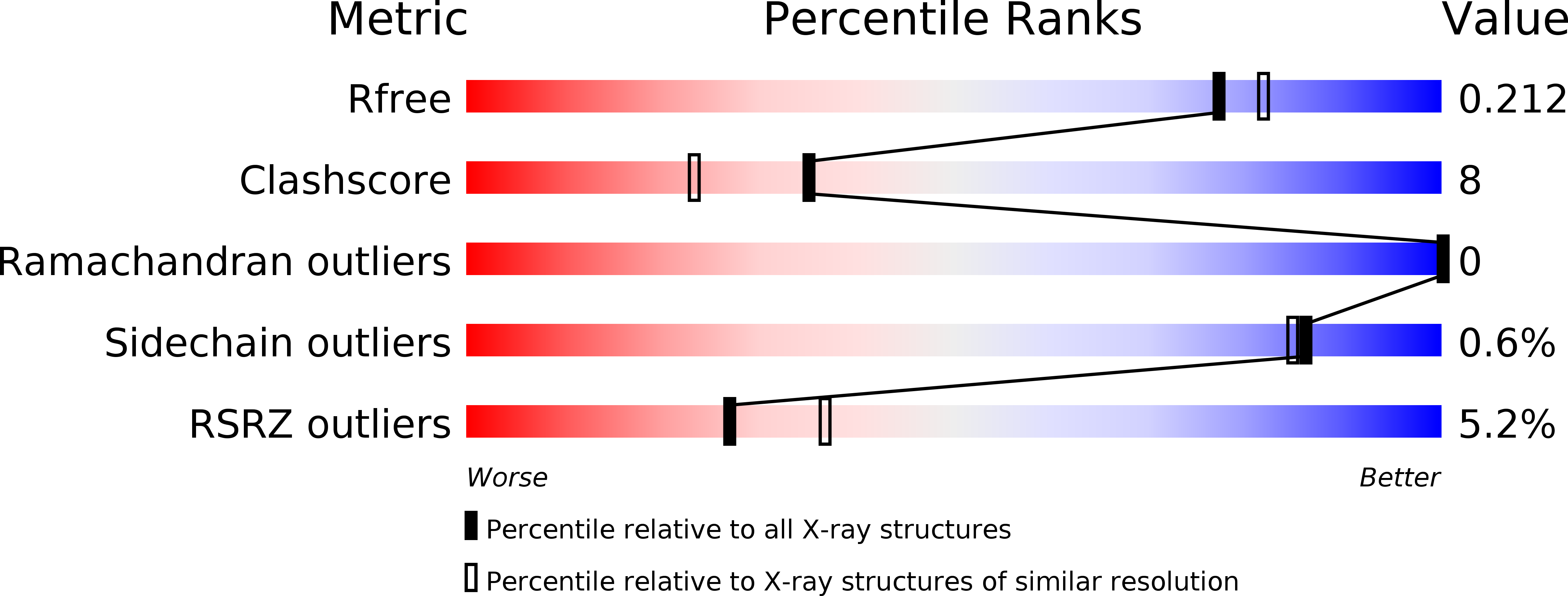
Deposition Date
2015-01-21
Release Date
2015-12-02
Last Version Date
2024-02-28
Entry Detail
PDB ID:
4XRT
Keywords:
Title:
Crystal structure of the di-domain ARO/CYC StfQ from the steffimycin biosynthetic pathway
Biological Source:
Source Organism:
Streptomyces steffisburgensis (Taxon ID: 68271)
Host Organism:
Method Details:
Experimental Method:
Resolution:
1.95 Å
R-Value Free:
0.20
R-Value Work:
0.17
R-Value Observed:
0.17
Space Group:
P 21 21 21


